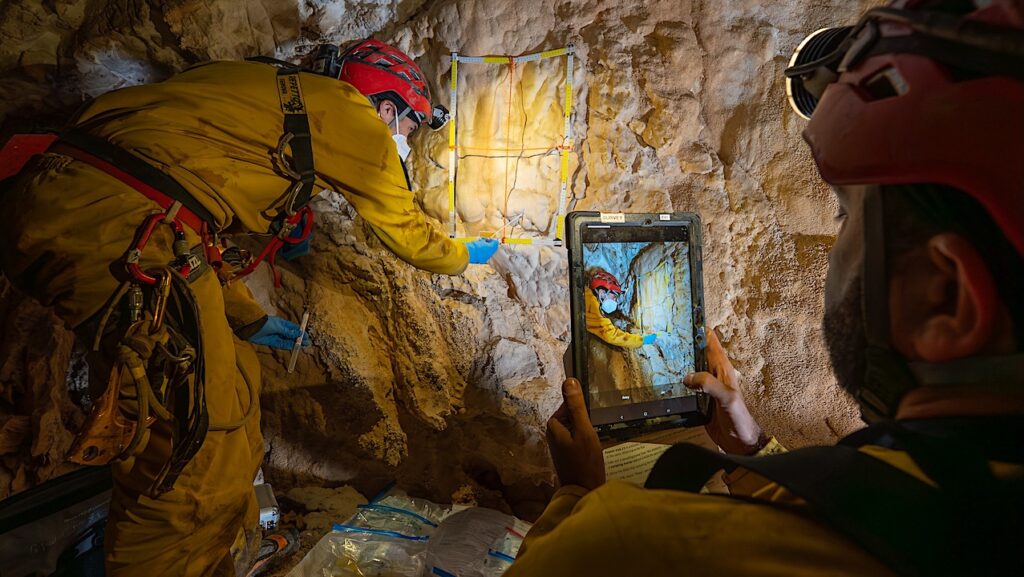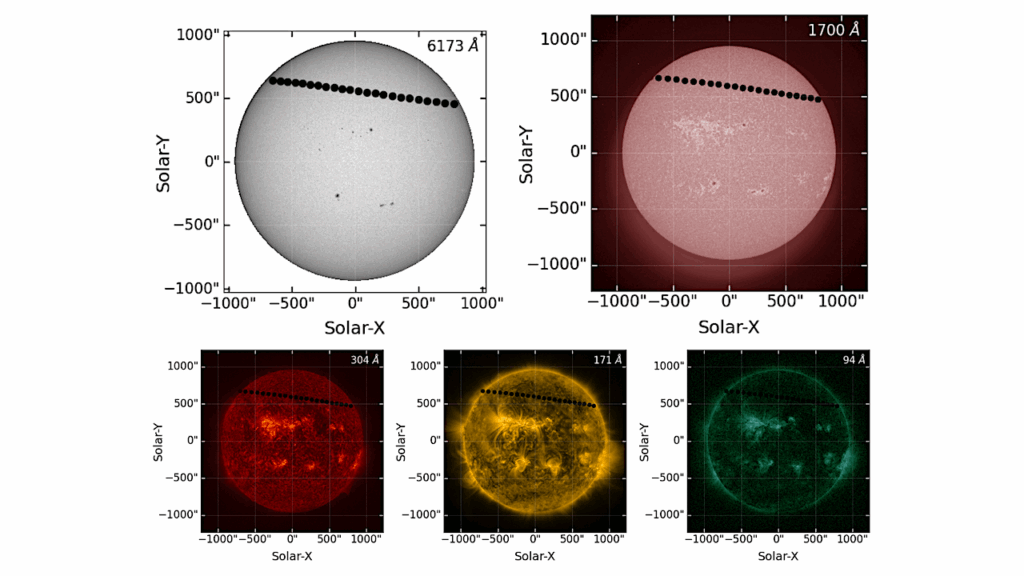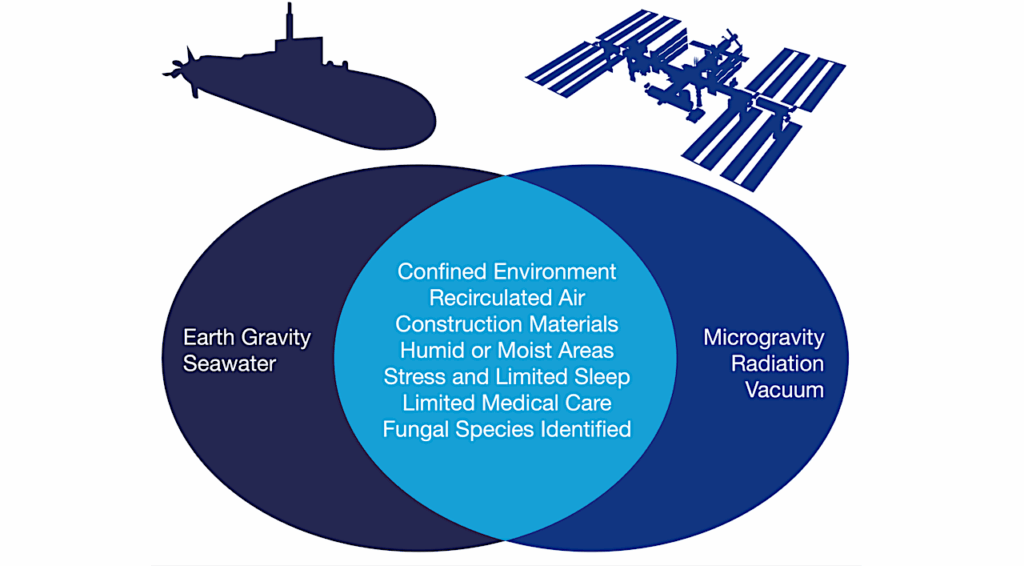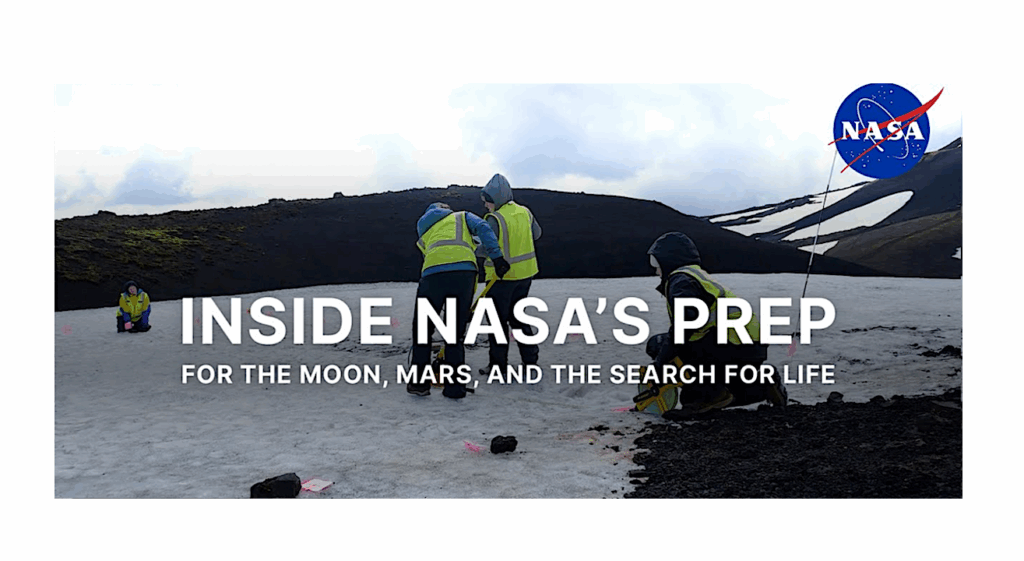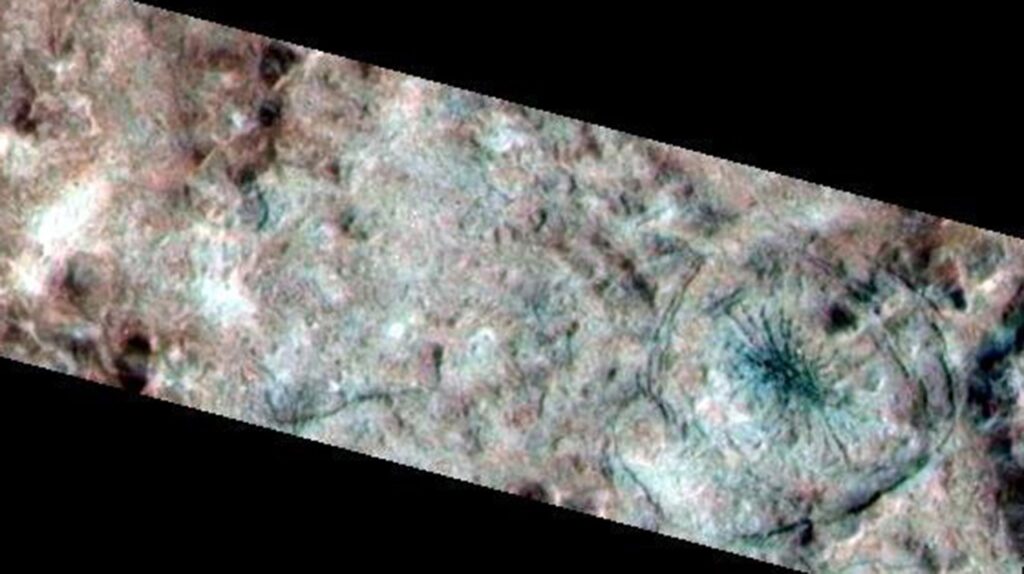Animal Life Discovered Below The Seafloor at Hydrothermal Vents
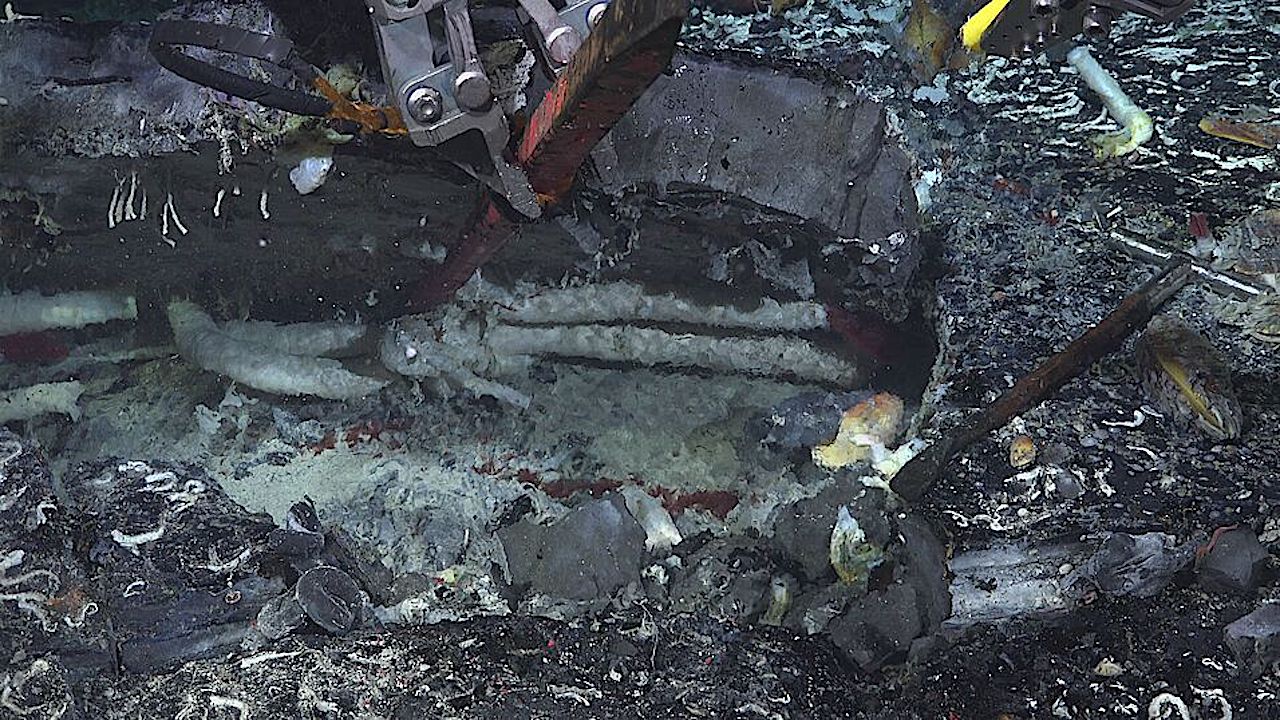
The discovery of animal life below the seafloor at hydrothermal vents in the East Pacific Rise is reported in a Nature Communications paper. The research sheds new light on the complex habitats that are found in the deep ocean.
The East Pacific Rise is a volcanically active ridge located where two tectonic plates meet on the floor of the Pacific Ocean. It contains numerous hydrothermal vents — openings in the seafloor that form where seawater and magma beneath the Earth’s crust meet.
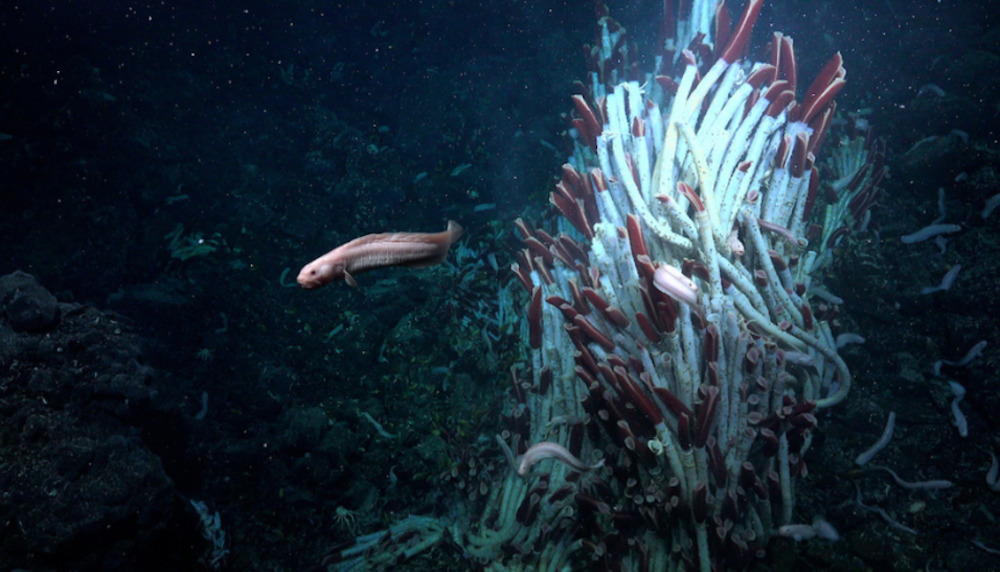
Giant tubeworms on the seafloor surface at 2500 m water depth © CC BY-NC-SA Schmidt Ocean Institute
Previous research has focused on organisms living on the seafloor around these vents, including tubeworms and mussels, but the possibility of animal life existing below the shallow seafloor crust has remained largely unexplored.
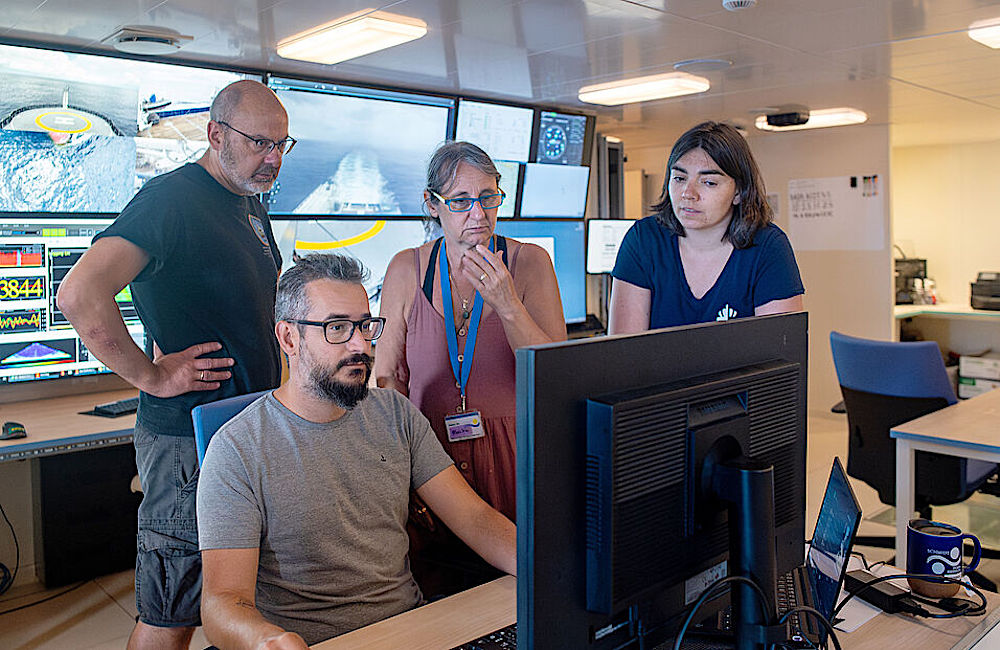
Monika Bright, Sabine Gollner and colleagues discuss the dive operations © CC BY-NC-SA Schmidt Ocean Institute
Monika Bright, Sabine Gollner and colleagues sailing on the Schmidt Ocean Institute research vessel Falkortoo embarked on a series of dives to a hydrothermal vent site located at 2,515 m depth on the East Pacific Rise using the remotely operated vehicle SuBastian.
When exposing sections of the seafloor crust using a large chisel with the arms of the vehicle, they uncovered warm, fluid-filled cavities inhabited by various species previously only found on the seafloor, including giant tubeworms and mobile animals such as worms and snails.

A glimpse into the uncovered warm, fluid-filled subsurface cavity at the deep-sea hydrothermal vents. A chisel was used to dig into the subsurface. © CC BY-NC-SA Schmidt Ocean Institute
The authors suggest that larvae from seafloor communities may settle in these subseafloor habitats, indicating a complex connectivity between seafloor and subseafloor ecosystems.
The discovery of animal habitats in the crustal subseafloor, the extent of which is currently unknown, increases the urgency for protections against potential future environmental changes, the authors suggest.
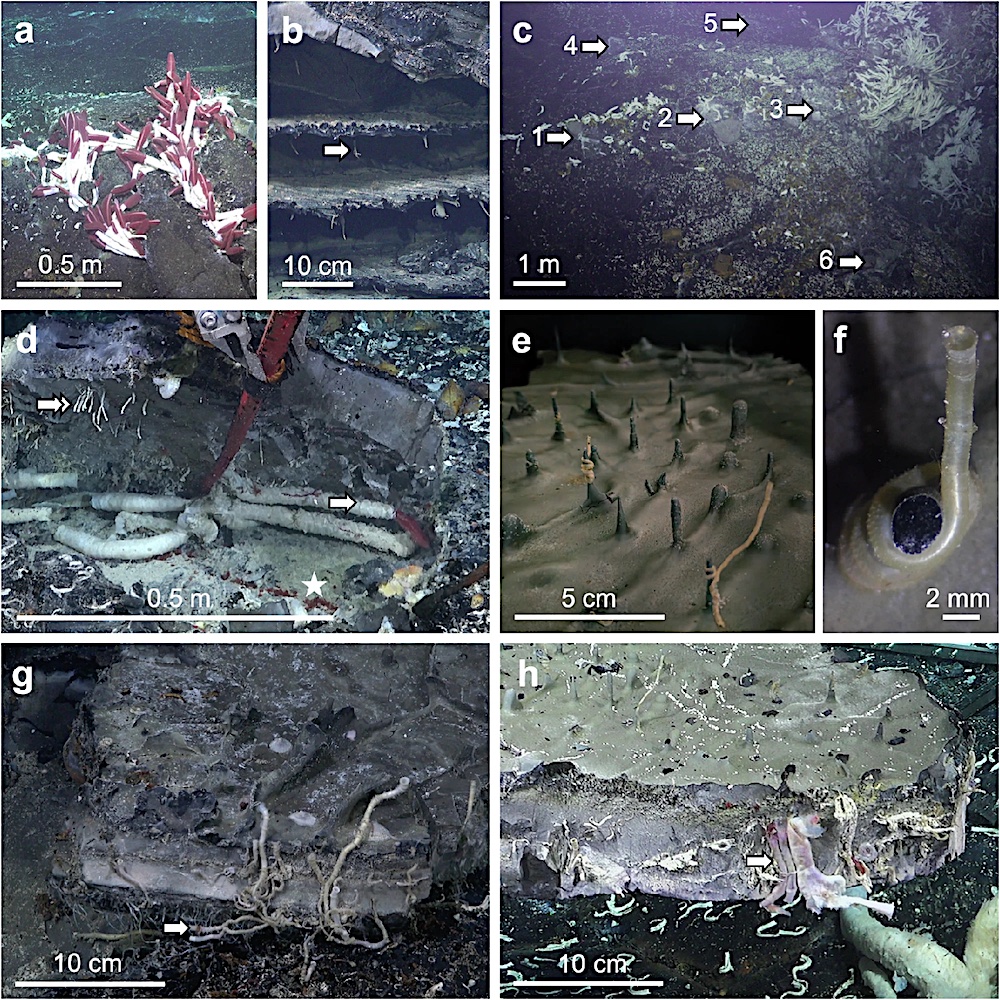
a Tubeworm clumps growing on lobate lava shelf at surface and in cracks (dive S0543). b Lobate lava with three uppermost shelves and cavities shown, lava drips (arrow) at the roof of shelves (dive S0560). c Six subsurface cavities visible after lifting of lava shelves (recovery dives 1, S0552; 2, S0554; 3, S0556; 4, S0557; 5, S0558; 6, S0560). d Opened subseafloor cavity with bottom covered by white microbial mat and live Paralvinella spp. (asterisk) and large Riftia pachyptila (arrow), roof with alive and tubes of Oasisia alvinae (double arrow) (dive S0556). e,f Recovered lava shelf shown upside-down, with O. alvinae wrapped around lava drips protruding from the ceiling of the opened crustal subseafloor cavity (dive S0552). g Upside-down lava shelf with O. alvinae mostly growing from crack downwards into cavity (dive S0560). h Upside-down lava shelf with R. pachyptila growing from crack upwards towards the seafloor (dive S0552). m = meter; cm = centimeter; mm = millimeter. — Nature
Animal life in the shallow subseafloor crust at deep-sea hydrothermal vents, Nature (open access)
Astrobiology, oceanography,



